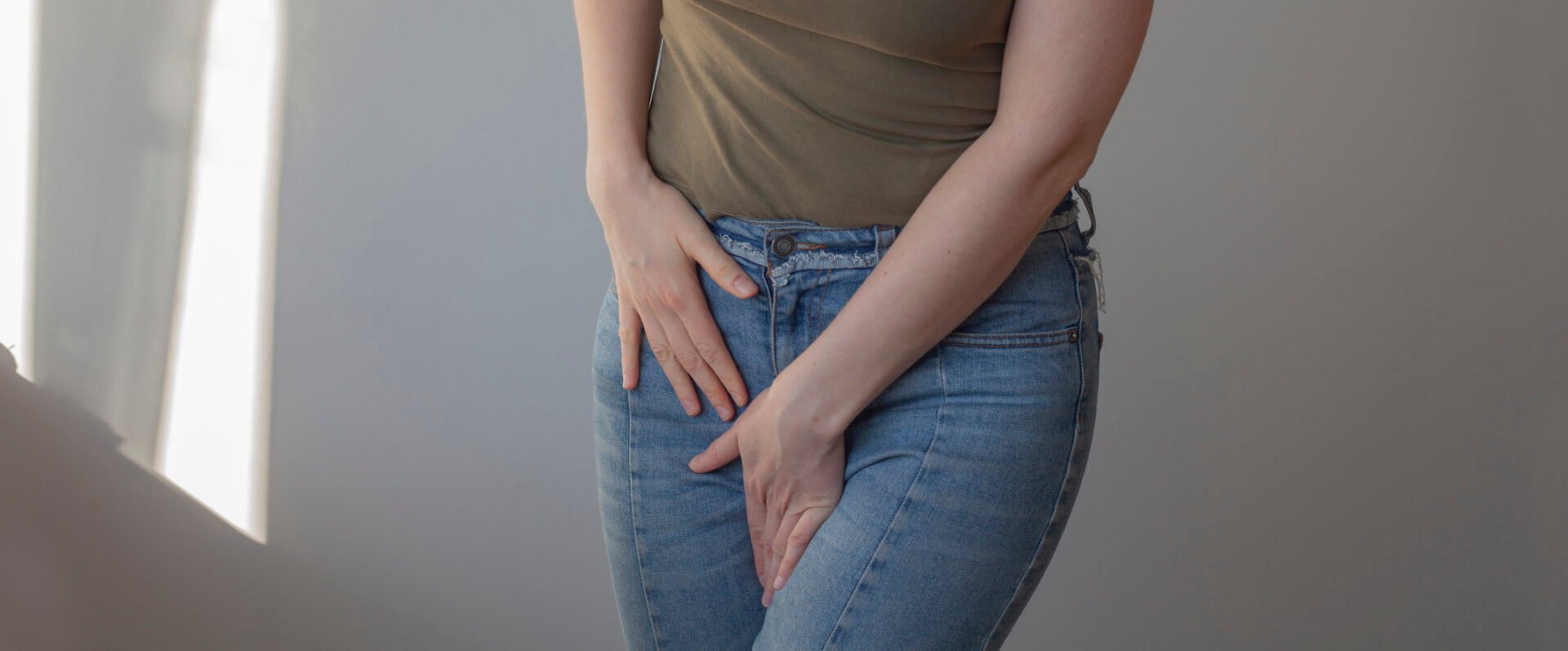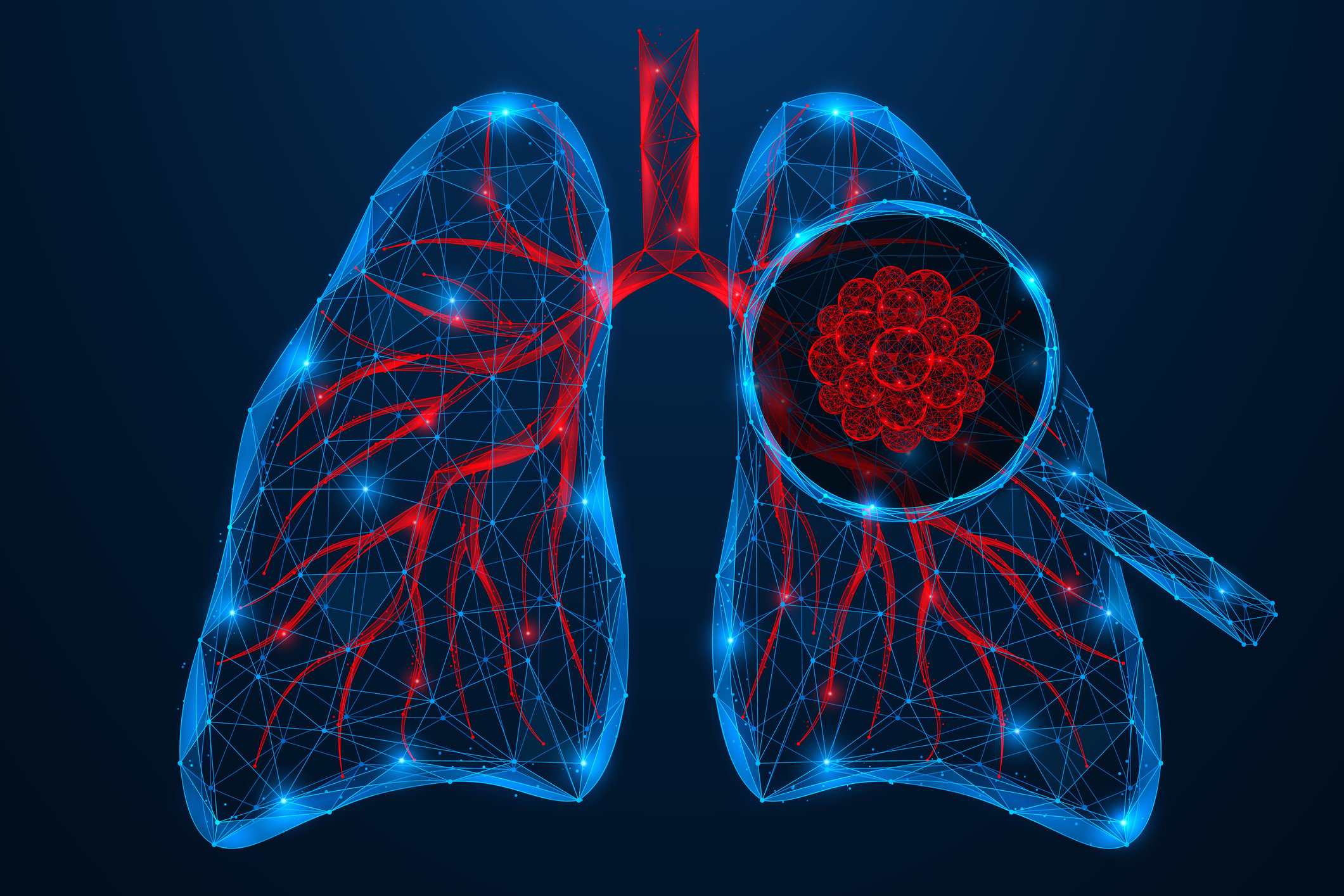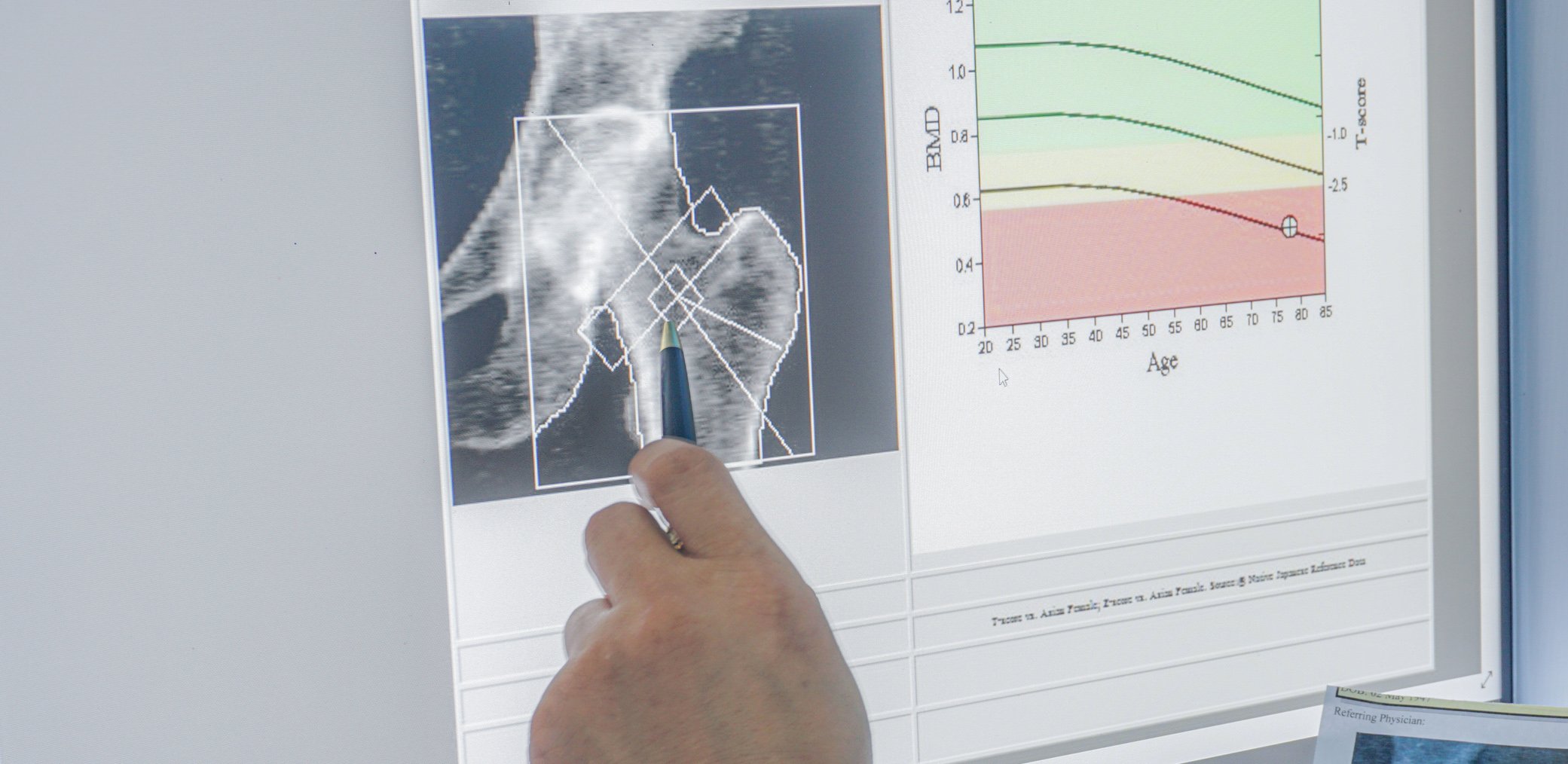Anogenital itching and clinical features such as redness, white skin changes and fissures are possible indications of lichen sclerosus. In 2023, an update of the European Dermatology Forum guideline on this chronic inflammatory skin disease was published. Highly effective topical corticosteroids are still recommended as first-line treatment.
Both men and women can be affected by this dermatosis, with the gender distribution varying between 1:3 and 1:10. Lichen sclerosus is most common in older postmenopausal women, with the onset of the disease being premenopausal in around half of them [1]. The cause of the disease is unknown, but a genetic predisposition is assumed. If the clinical picture is unclear, a skin biopsy should be taken from a typical lesion.
Treatment recommendations
Treatment with topical corticosteroids induces remission of hyperkeratosis and mild subepithelial sclerosis and counteracts various inflammation-related factors such as interphase dermatitis, destruction of the basement membrane and impaired differentiation of keratinocytes.
| Differential diagnostics The most important differential diagnosis is mucosal or erosive lichen planus. Furthermore, according to the guideline, the clinical features of the following clinical pictures may show similarities to lichen sclerosus: inverse psoriasis, eczema/lichen simplex, non-specific balanoposthitis, vitiligo (especially in children), morphoea, graft-versus-host disease (GvHD), autoimmune bullous diseases, balanitis, Paget’s disease, spinocellular carcinoma. The authors of the guidelines recommend a biopsy in unclear cases. |
| according to [5] |
Initial therapy: In this phase of treatment, the application of strong to very strong local glucocorticoids is recommended. Clobetasol propionate 0.05% (ointment) or mometasone fuorate have comparable efficacy [4,5]. While some experts recommend once-daily application for three months, others recommend extending the dosing interval to every other day after one month of once-daily application and continuing with this regimen for two months. The most important therapeutic goals are
- Healing of fissures and erosions
- Decrease in hyperkeratosis
- Softening of sclerosis; improvement of phimosis
The authors of the guidelines point out that pallor and changes in shape usually do not improve.
Long-term treatment: In this phase of therapy, the aims are to prevent changes in shape and to prevent carcinoma development [3]. While some experts recommend the use of topical corticosteroids once a day or every other day, others believe that treatment should only be given during active phases of the disease. A randomized controlled study on this issue is planned (“PEARLS”) [6].
In terms of potency, there is most experience with potent or very potent topical steroids. Steroid-associated side effects (e.g. skin atrophy) are hardly to be feared, even with continuous long-term use. One 30 g tube is usually sufficient for one year’s treatment; the ointment should be applied to the area where the symptoms initially appeared. Emollients can be used as required
Evidence for female and male patients
In women with lichen sclerosus, complete healing was achieved in 60-70% after three months’ use of clobetasol propionate 0.05% (once daily) [4,7,8]. With mometasone fuorate 0.1% (once daily), 67% and 48% of participants in a head-to-head study achieved an improvement of at least 75% in several relevant endpoints after 12 weeks, compared to 59% and 37% in the clobetasol proprionate group [4,8]. Corticosteroids with lower potency (e.g. triamcinolone or prednicarbate) can be considered for maintenance therapy and for the treatment of moderate episodes or relapses [3,9,10]. In girls with lichen sclerosus, some non-randomized studies suggest that potent or very potent topical corticosteroids are effective for symptom reduction [11,12].
| CORALS project The CORALS project (Core Outcomes for Research in Lichen Sclerosus) is an interdisciplinary initiative to determine which study endpoints should be collected in future research projects on genital lichen sclerosus. These self-reported symptoms, clinical signs and disease-related quality of life are characteristics whose assessment is also relevant in everyday clinical practice. |
| to [5,16] |
In men with lichen sclerosus in the genital region, both mometasone fuorate and clobetasol propionate have been shown to be effective in early and intermediate treatment. In a placebo-controlled randomized study, the efficacy of topical mometasone fuorate 0.05 ointment was assessed in 40 boys with lichen sclerosus in the genital region over a treatment period of 5 weeks [13]. As a result, mometasone fuorate proved to be effective in 41% (n=7) with regard to clinical improvement of phimosis; the treatment did not lead to healing, but circumcision was necessary. In a study of 56 boys, topical corticosteroids were effective in mild lichen sclerosus, but not in cases with scarring. One limitation of this study is that the diagnosis of lichen sclerosus was not histologically confirmed [14]. In a retrospective study of 21 men with lichen sclerosus in the genital region, clobetasol dipropionate 0.05% cream was effective in 76% (n=16) and proved to be safe, with no risk of epidermal atrophy after a treatment period of 7 weeks. Circumcision was necessary in 6 of the 21 study participants [15].
Evaluation of the success of the treatment
After the initial treatment, which normally lasts three months, the guideline suggests adjusting the monitoring intervals to the activity, subjective stress and severity of the symptoms. Depending on the activity of the disease, follow-up intervals of 3-6 months, for example, may be appropriate, or even more frequently in individual cases. In cases with long-term symptom control, an annual check-up is sufficient to check for the presence of inflammatory processes or malignant transformations and to adjust treatment if necessary. The guideline points out that there is still an unmet need for scales to assess clinical severity. Recently, it has been proposed to use the Clinical Lichen Sclerosus Score (CLISSCO). This measuring instrument is suitable for assessing the progression of lichen sclerosus in the genital area and is structured in such a way that symptoms (3 items), signs (3 items) and changes in shape (6 items) are each assessed on a Likert scale (0 to 4).
Literature:
- Kirtschig G: Lichen sclerosus – reason for consultation, diagnosis and therapeutic procedure. Dtsch Arztebl Int 2016; 113: 337-343.
- Kirtschig G, et al: Evidence-based (S3) guideline on (anogenital) lichen sclerosus. JEADV 2015; 10: e1-43.
- Lee A, et al: Long-term Management of Adult Vulvar Lichen Sclerosus: A Prospective Cohort Study of 507 Women. JAMA Dermatol 2015; 151(10): 1061-1067.
- Virgili A, et al: First randomized trial on clobetasol propionate and mometasone furoate in the treatment of vulvar lichen sclerosus: results of efficacy and tolerability. Br J Dermatol 2014; 171(2): 388-396.
- Kirtschig G, et al: EuroGuiDerm guideline lichen sclerosus version. June 2023, www.guidelines.edf.one,(last accessed 19.02.2024)
- “PEARLS Trial,” www.nottingham.ac.uk/pearls,
(last accessed 02/19/2024) - Cooper SM, et al: Does treatment of vulvar lichen sclerosus influence its prognosis? Arch Dermatol 2004; 140(6):702-706.
- Virgili A, et al: Mometasone fuoroate 0.1% ointment in the treatment of vulvar lichen sclerosus: a study of efficacy and safety on a large cohort of patients. JEADV 2014; 28(7): 943-948.
- LeFevre C, et al: Management of lichen sclerosus with triamcinolone ointment: effectiveness in reduction of patient symptom scores. J Low Genit Tract Dis 2011; 15(3): 205-209.
- López-Olmos J: Comparación de clobetasol frente a prednicarbato para el tratamiento del prurito vulvar con o sin distrofia. Clínica e Investigación en Ginecología y Obstetricia 2003; 30(4): 104-117.
- Casey GA, et al: Treatment of vulvar lichen sclerosus with topical corticosteroids in children: a study of 72 children. Clin Exp Dermatol 2015; 40(3): 289-292.
- Fischer G, Rogers M: Treatment of childhood vulvar lichen sclerosus with potent topical corticosteroid. Pediatr Dermatol 1997; 14(3): 235-238.
- Kiss A, et al: The response of balanitis xerotica obliterans to local steroid application compared with placebo in children. J Urol 2001; 165(1): 219-220.
- Vincent MV, Mackinnon E: The response of clinical balanitis xerotica obliterans to the application of topical steroid-based creams. J Pediatr Surg 2005; 40(4): 709-712.
- Dahlman-Ghozlan K, et al: Penile lichen sclerosus et atrophicus treated with clobetasol dipropionate 0.05% cream: a retrospective clinical and histopathological study. JAAD 1999;40(3): 451-457.
- Core Outcomes for Research in Lichen Sclerosus (CORALS). www.nottingham.ac.uk,(last accessed 19.02.2024)
- Erni B, et al: Proposition of a severity scale for lichen sclerosus: The “Clinical Lichen Sclerosus Score”. Dermatol Ther 2021; 34(2): e14773.
DERMATOLOGY PRACTICE 2024; 34(1): 30-31











